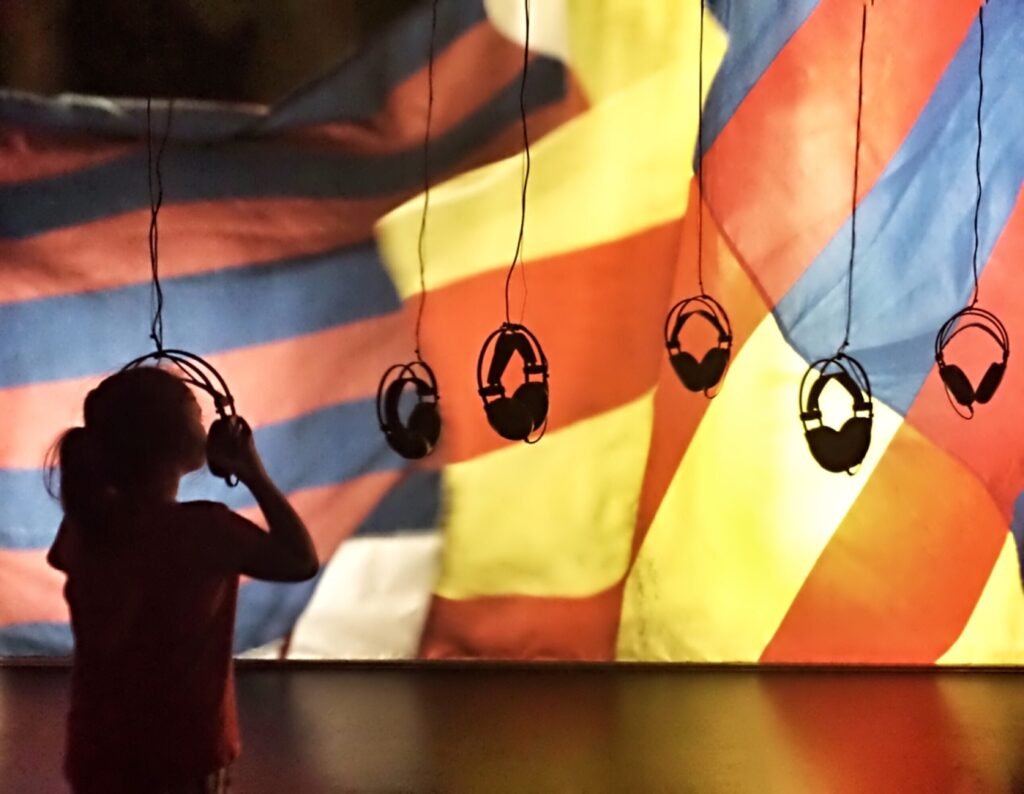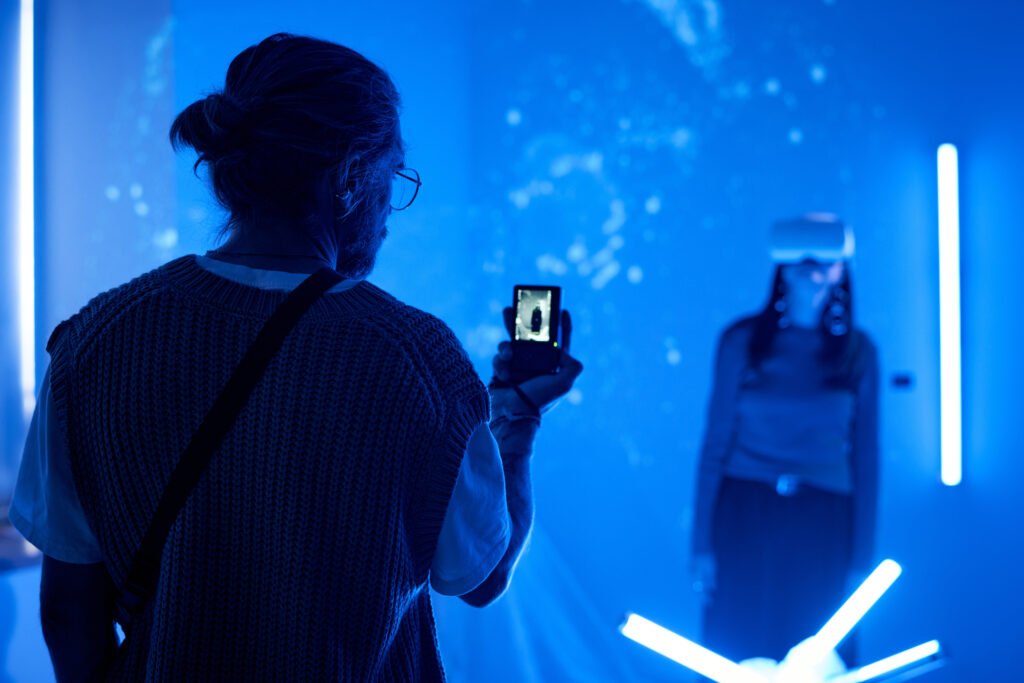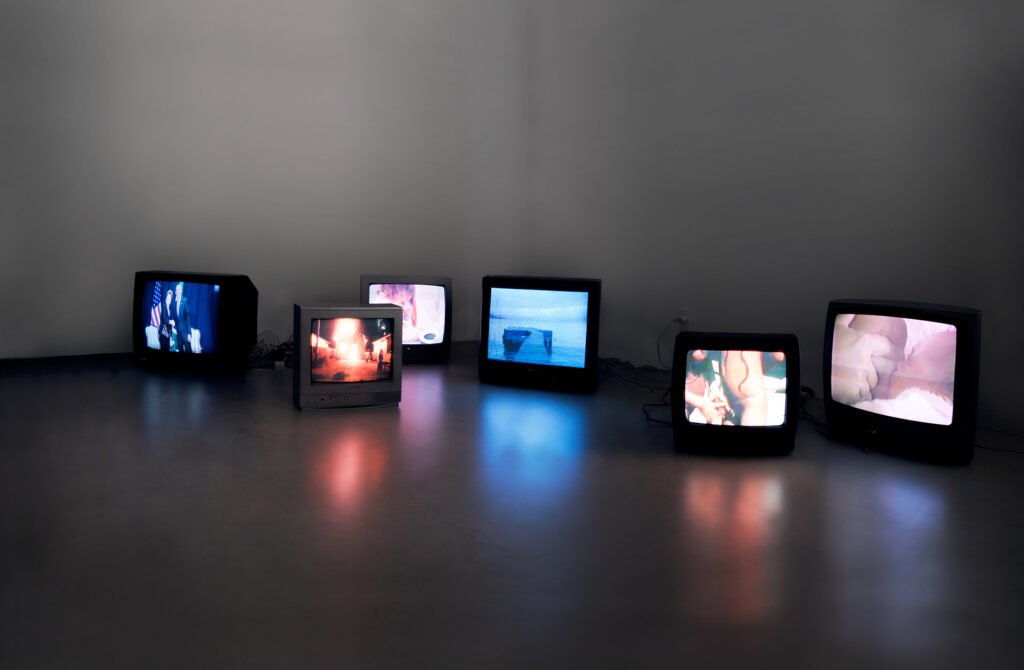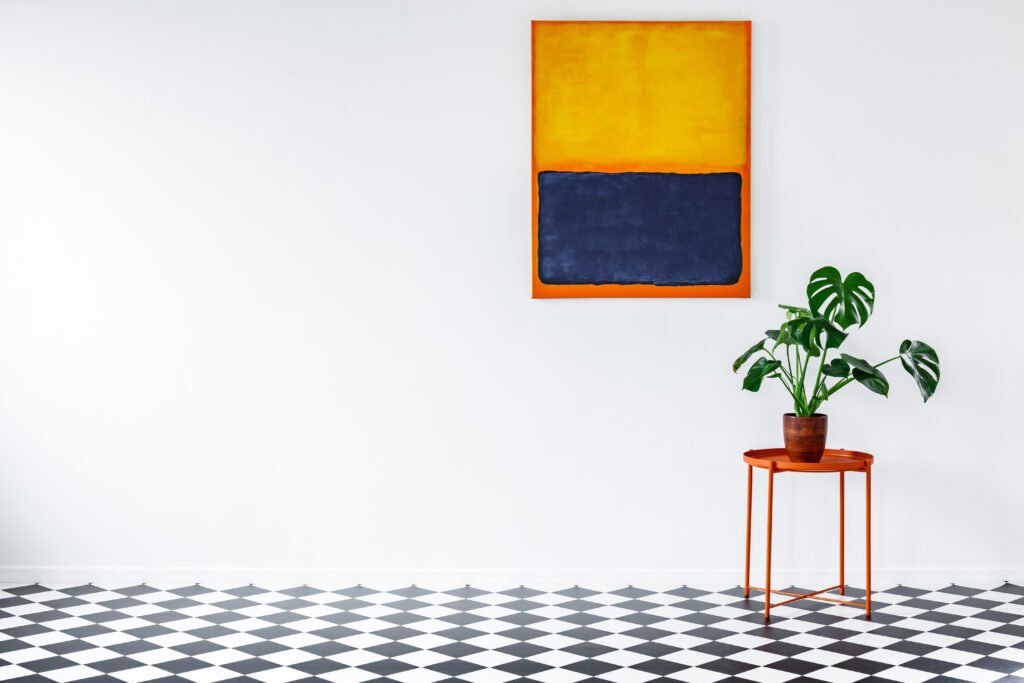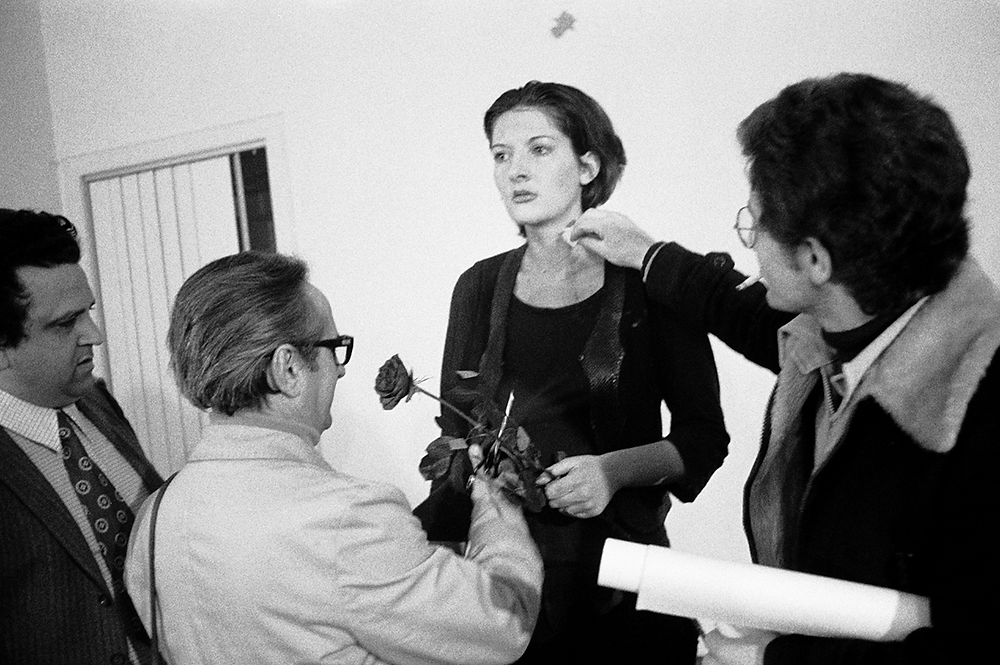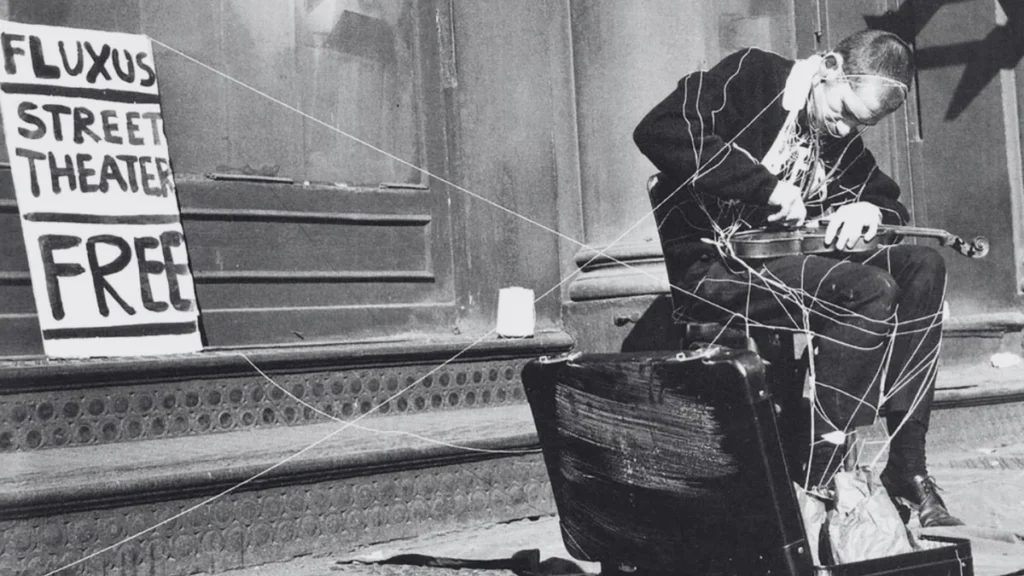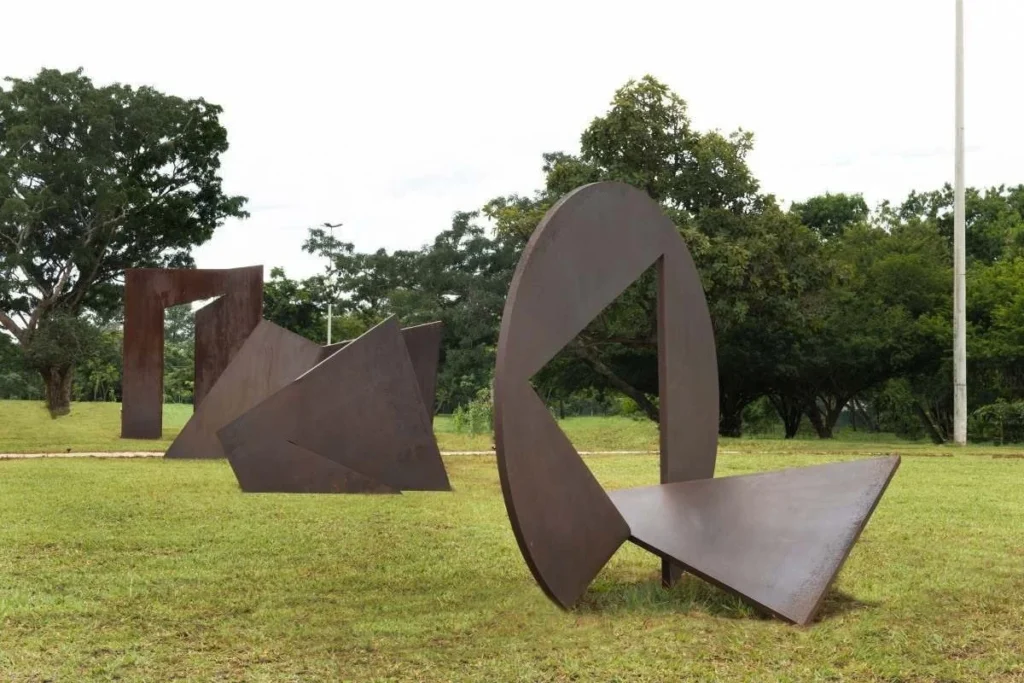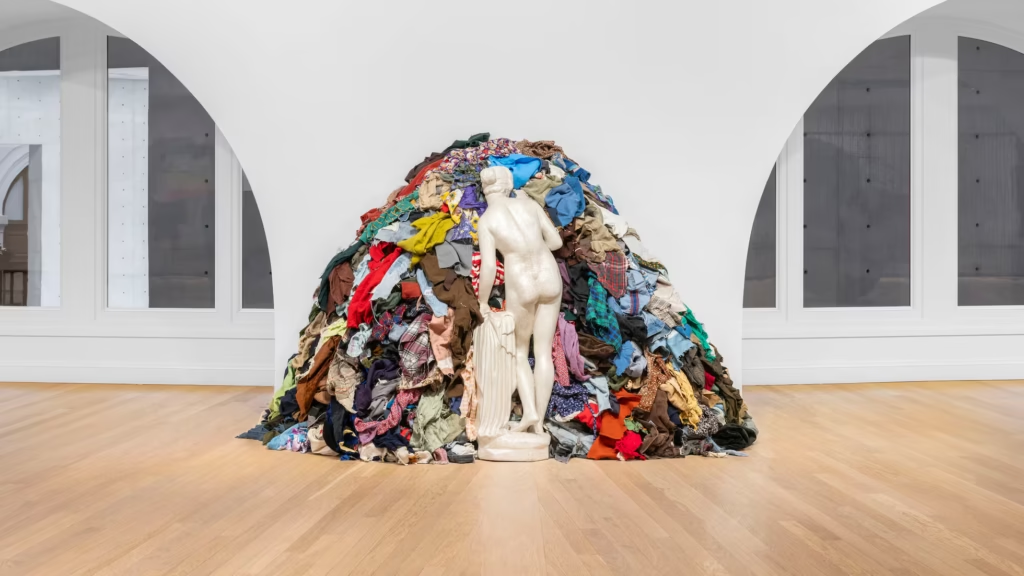Sound Art: Listening as a Way of Seeing
Sound art shifts the role of vision as the dominant sense in aesthetic experience. It offers an auditory immersion that transforms sound into a medium of creation and perception. Rather than being a mere complement to the image, sound becomes the main element, challenging us to listen with sensitivity, attention, and awareness. In this field, […]

